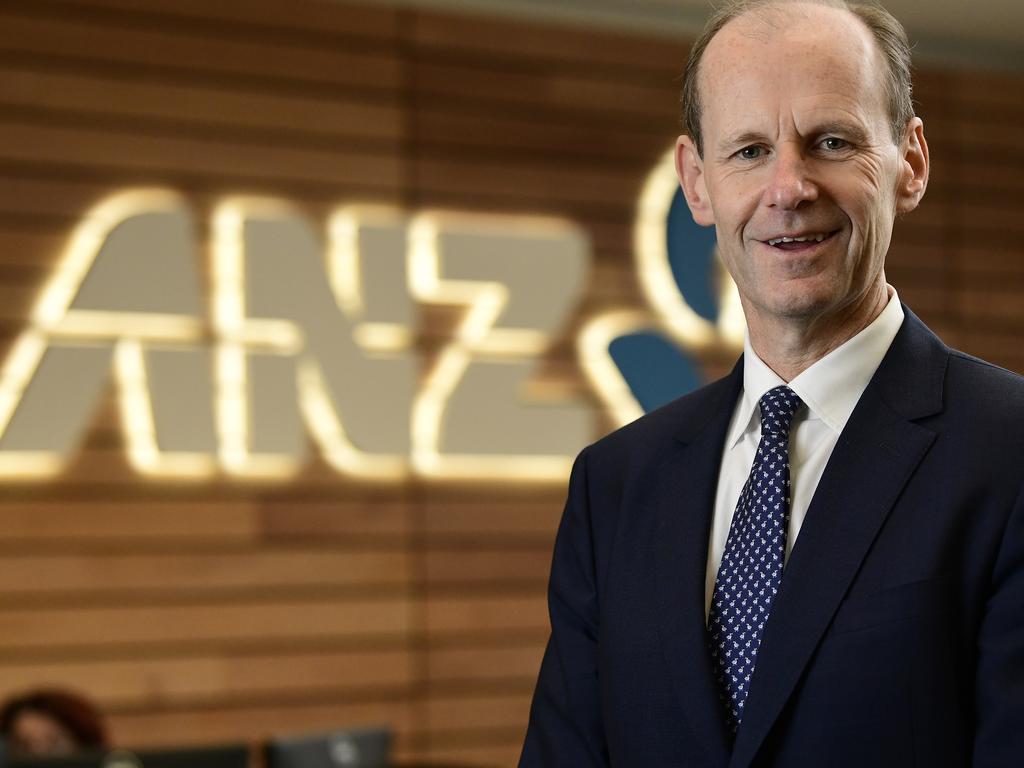Coronavirus Australia: Business cashflow assistance tops $6bn
More than 340,000 businesses have received Cashflow Assistance payments since Scott Morrison announced measures last month.
Cashflow payments worth more than $6 billion have been provided to hundreds of thousands of distressed small and medium sized businesses under the Morrison government’s COVID-19 stimulus package.
Since Scott Morrison announced the Cashflow Assistance measures last month, payments have been delivered to 343,211 businesses, constituting one-fifth of the estimated $31.9bn cost over four years.
Under the business support program, the government is providing tax-free cash flow boosts of between $20,000 and $100,000 to eligible SMEs and not-for-profits, delivered through credits in the activity statement system.
The Prime Minister said the payments, providing cash flow to help keep businesses operating, pay their rent and retain staff, had helped employers stay afloat during the COVID-19 economic shock.
“We took decisive action early – to save lives and livelihoods. Small and medium sized businesses are the backbone of our economy and crucial to the path back,” Mr Morrison told The Australian.
“We recognise that this is a tough period and that it is going to continue to be difficult for some time.”
Mr Morrison said the government was focused on providing cash flow support to help businesses “keep their doors open and keep people employed”.
New government data shows as of April 28, just under half of the estimated 720,000 eligible businesses and not-for-profits, employing around 7.8m people, had lodged their Business Activity Statement with $6.09bn credited to their accounts. The amounts show an average of $17,700 per business.
The payments, made to businesses with turnovers of under $50m, are done through two sets of cash flow boosts delivered from April 28.
The boost for SMEs came as corporate lending in March surged by the most in over three decades as fears of a cash crunch drove big businesses to the banks for lifelines to help them through the COVID-19 crisis.
Reserve Bank data released on Thursday showed corporate credit jumped 2.9 per cent in the month, the biggest increase since January 1988. That brought the annual pace of business credit growth to 6.3 per cent, the fastest in approaching four years, and pushed total business lending up $29bn to above $1 trillion for the first time.
As businesses attempt to keep afloat during the pandemic, ANZ chief executive Shayne Elliot on Thursday warned it could take up to five years for the labour market to completely recover from the damage to jobs from the health crisis.
New Department of Social Services figures show the number of unemployment benefit recipients has increased from 0.8 million at the end of 2019 to 1.3 million by 24 April, with most of the increase occurring from the second half of March onwards.
The figures suggest the unemployment rate spiked from 5.8 per cent in February to 9.5 per cent in April, NAB economists said, and suggested the jobless rate could climb as high as 11.5 per cent.
The sharp climb in business credit in March hearkens back to the 1980s era of corporate excess and high inflation, which gave way to massive loan defaults during the early 1990s recession.
This time, however, business owners were building up debt as a buffer against the fallout from the pandemic.
Half of businesses surveyed by the ABS between March 16-23 said the health crisis had hurt revenue or cash flow – a figure which jumped to two-thirds by the time of the next survey over the week to April 4.
Commonwealth Bank economist Belinda Allen said business owners' fears of a repeat of the GFC drove a "rush for liquidity" in the tail end of March.
"Businesses reacted quickly and drew down lines of credit in preparation for any dislocation in financial markets, and to have a stockpile of cash to help cope with reduced economic activity."
Companies were also looking to build up cash reserves to "use as a way to fund JobKeeper payments which are not due to start till May," she said.
The RBA figures showed the total stock of credit, also including mortgage and personal loans, lifted by 1.1 per cent in March, the largest gain since the GFC. Housing credit grew by a subdued 0.3 per cent, while personal credit contracted by 1.4 per cent – a similar pace of decline as during the financial crisis.
Mr Elliott said the bank had experienced a “big uptick" in institutional lending of $8bn to large Australian companies, but said “we haven’t seen a huge surge” in demand for loans by small and medium-sized businesses.
SMEs “have actually shown a remarkable ability to manage their cost base really well,” he said.
NAB corporate bank chief customer officer David Gall tole The Australian that the lift in business lending through March was “largely attributed to existing customers accessing undrawn facilities to support liquidity requirements”.
Like ANZ, NAB was “seeing this predominantly with our institutional banking customers,” Mr Gall said.
Mr Elliott also said there had been a "significant increase" in applications for home loan refinancing in recent weeks, and ANZ on Thursday said 14 per cent of its home loan customers have asked for a deferral of repayments.
ADDITIONAL REPORTING: Joyce Moullakis





To join the conversation, please log in. Don't have an account? Register
Join the conversation, you are commenting as Logout